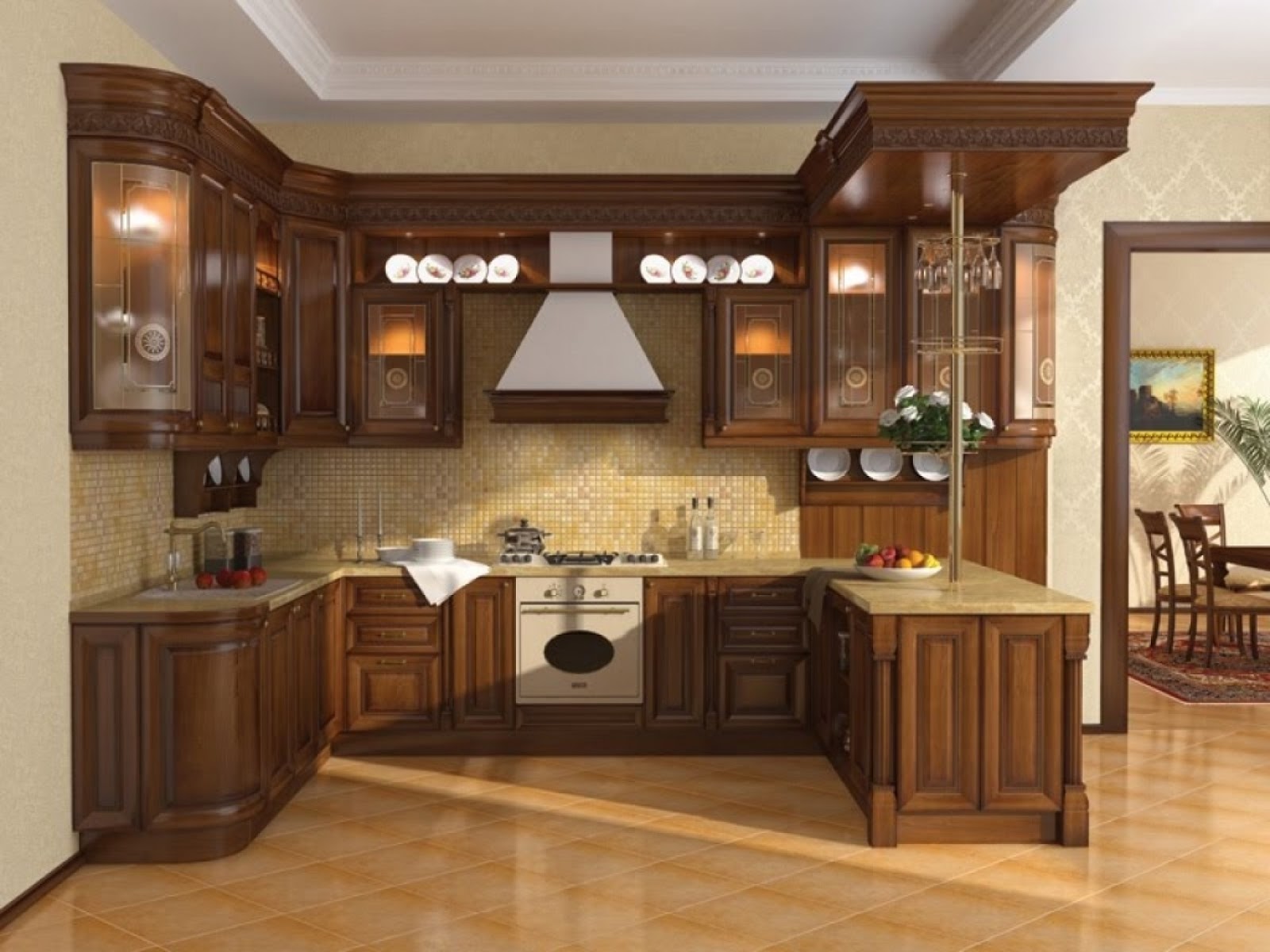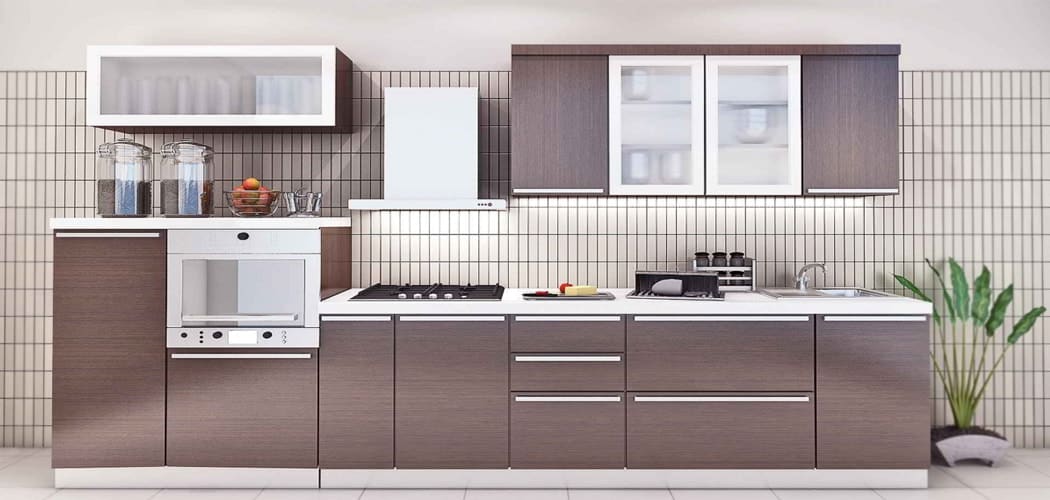Low Water Pressure in Kitchen Sink: Causes and Solutions
If you've ever turned on your kitchen sink only to be met with a weak stream of water, you know how frustrating it can be. Low water pressure in your kitchen sink can make everyday tasks like washing dishes or filling pots take much longer than they should. But what causes this issue and how can you fix it? Let's explore the most common causes of low water pressure in kitchen sinks and how you can solve them.
How to Fix Low Water Pressure in Kitchen Sink
There are several potential solutions for low water pressure in your kitchen sink, depending on the cause. One of the first steps to take is to check the faucet aerator. Over time, mineral deposits can build up and clog the small holes in the aerator, reducing water flow. You can clean the aerator by soaking it in vinegar or a descaling solution, or simply replace it with a new one.
Troubleshooting Low Water Pressure in Kitchen Sink
If cleaning or replacing the aerator doesn't solve the problem, the next step is to check the water shut-off valves under the sink. Make sure they are fully open and not partially closed, which can restrict water flow. If they are fully open and you still have low water pressure, it's possible that the pipes leading to your kitchen sink are clogged with debris or mineral buildup. In this case, you may need to call a plumber to clear the pipes.
How to Increase Water Pressure in Kitchen Sink
If you've ruled out clogs and obstructions, there are a few other things you can try to increase water pressure in your kitchen sink. One option is to install a water pressure booster pump, which can help increase water flow in areas with low pressure. You can also try adjusting the water pressure regulator, which is typically located near the main water line in your home.
Common Causes of Low Water Pressure in Kitchen Sink
Aside from clogs and obstructions, low water pressure in your kitchen sink can also be caused by issues with your plumbing system. For example, if you have old, corroded pipes, they may be restricting water flow. In some cases, there may be a leak in the pipes, which can also result in low water pressure. If you suspect an issue with your plumbing, it's best to consult a professional for an inspection and repairs.
How to Fix a Kitchen Sink with No Water Pressure
If you turn on your kitchen sink and no water comes out at all, the problem may be with the main water supply line. Check to see if there are any notices of water outages or maintenance in your area. If not, then there could be an issue with the supply line itself, which may require the help of a plumber to fix. It's also possible that the water supply to your home has been shut off for some reason, so be sure to check with your water company if you're experiencing no water pressure in your kitchen sink.
Why is My Kitchen Sink Water Pressure Low?
There are many potential reasons for low water pressure in your kitchen sink, from simple fixes like cleaning the aerator to more complicated problems with your plumbing system. If you're experiencing consistently low water pressure, it's best to have a professional inspect your plumbing to determine the cause and provide the best solution.
How to Diagnose and Fix Low Water Pressure in Kitchen Sink
If you're the DIY type and want to try to diagnose and fix low water pressure in your kitchen sink on your own, there are a few things you can do. Start by checking the faucet aerator, shut-off valves, and supply lines for any clogs or obstructions. If those seem to be clear, you may need to call in a professional for further troubleshooting and repairs.
Tips for Improving Water Pressure in Kitchen Sink
To keep your kitchen sink water pressure at its best, there are a few things you can do to prevent clogs and obstructions in the future. Regularly clean your faucet aerator and consider installing a water filtration system to prevent mineral buildup in your pipes. Also, be mindful of what you put down your kitchen sink drain, as grease, food scraps, and other debris can contribute to clogs over time.
How to Troubleshoot and Fix Low Water Pressure in Kitchen Sink
In summary, low water pressure in your kitchen sink can have various causes and solutions. It's important to first check for clogs and obstructions, then move on to potential issues with your plumbing system. If you're not confident in fixing the problem yourself, it's best to consult a professional plumber for the most effective and long-lasting solution.
No Pressure from the Kitchen Sink: The New Trend in Kitchen Design

Efficiency and Elegance
 In recent years, there has been a shift in kitchen design towards a more minimalist and efficient approach. Gone are the days of cluttered countertops and overflowing sinks. Instead, homeowners are opting for a cleaner, more streamlined look in their kitchen, with a focus on functionality and elegance. The rise of the "no pressure" kitchen sink is a prime example of this trend.
Minimalism
has become a popular concept in interior design, and the kitchen is no exception. The idea behind minimalism is to eliminate unnecessary clutter and create a space that is clean, simple, and functional. This is especially important in the kitchen, which is often the heart of the home. By removing the pressure of a full sink, homeowners are able to achieve a more open and airy feel in their kitchen, making it a more inviting and relaxing space for cooking and entertaining.
In recent years, there has been a shift in kitchen design towards a more minimalist and efficient approach. Gone are the days of cluttered countertops and overflowing sinks. Instead, homeowners are opting for a cleaner, more streamlined look in their kitchen, with a focus on functionality and elegance. The rise of the "no pressure" kitchen sink is a prime example of this trend.
Minimalism
has become a popular concept in interior design, and the kitchen is no exception. The idea behind minimalism is to eliminate unnecessary clutter and create a space that is clean, simple, and functional. This is especially important in the kitchen, which is often the heart of the home. By removing the pressure of a full sink, homeowners are able to achieve a more open and airy feel in their kitchen, making it a more inviting and relaxing space for cooking and entertaining.
Sleek and Modern
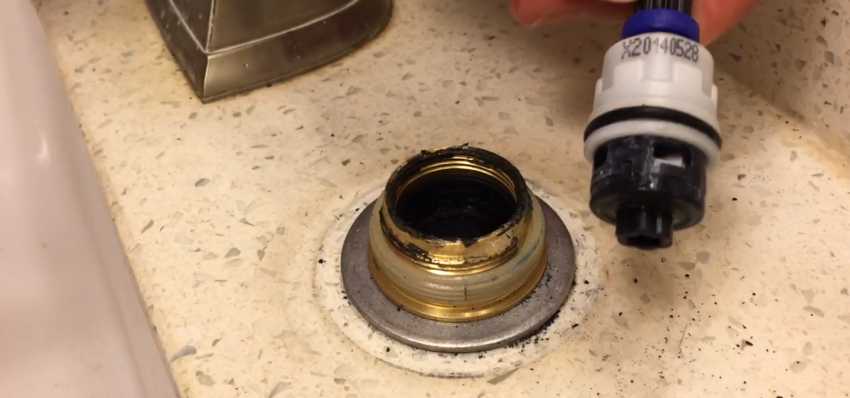 The
no pressure
kitchen sink also adds a touch of
elegance
to the overall design of the kitchen. With its sleek and modern appearance, it can instantly elevate the look of any kitchen. By opting for a sink that doesn't have a visible drain or overflow, the focus is put on the clean lines and smooth surfaces, giving the sink a more luxurious and high-end feel.
This trend also allows for more creativity in kitchen design. With the traditional sink, the faucet and handles are typically centered on the back wall, limiting the options for placement and design. But with a
no pressure
sink, the faucet and handles can be placed anywhere on the sink, allowing for more unique and personalized designs.
The
no pressure
kitchen sink also adds a touch of
elegance
to the overall design of the kitchen. With its sleek and modern appearance, it can instantly elevate the look of any kitchen. By opting for a sink that doesn't have a visible drain or overflow, the focus is put on the clean lines and smooth surfaces, giving the sink a more luxurious and high-end feel.
This trend also allows for more creativity in kitchen design. With the traditional sink, the faucet and handles are typically centered on the back wall, limiting the options for placement and design. But with a
no pressure
sink, the faucet and handles can be placed anywhere on the sink, allowing for more unique and personalized designs.
Practicality and Maintenance
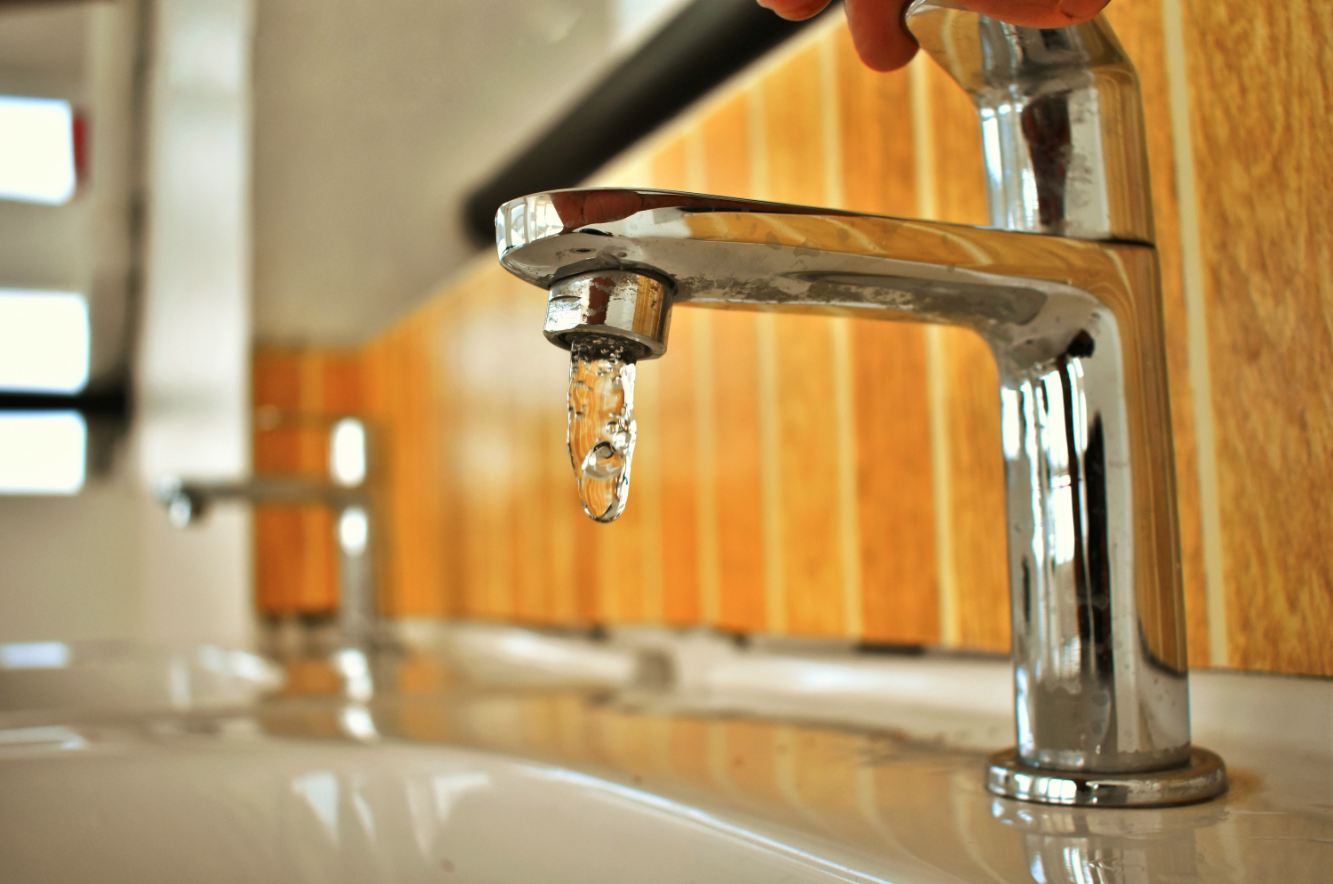 Aside from the aesthetic benefits, the
no pressure
kitchen sink also has practical advantages. Without an overflow or visible drain, cleaning becomes much easier and more efficient. No more scrubbing around small crevices or worrying about clogs. This type of sink is also a great option for those who have a garbage disposal, as it eliminates the risk of food getting stuck in the overflow.
In addition, the lack of an overflow also means less potential for leaks or water damage. With traditional sinks, an overflow can easily become clogged or damaged, leading to costly repairs. By removing this feature, homeowners can have peace of mind knowing their sink is less prone to these types of issues.
Aside from the aesthetic benefits, the
no pressure
kitchen sink also has practical advantages. Without an overflow or visible drain, cleaning becomes much easier and more efficient. No more scrubbing around small crevices or worrying about clogs. This type of sink is also a great option for those who have a garbage disposal, as it eliminates the risk of food getting stuck in the overflow.
In addition, the lack of an overflow also means less potential for leaks or water damage. With traditional sinks, an overflow can easily become clogged or damaged, leading to costly repairs. By removing this feature, homeowners can have peace of mind knowing their sink is less prone to these types of issues.
The Future of Kitchen Design
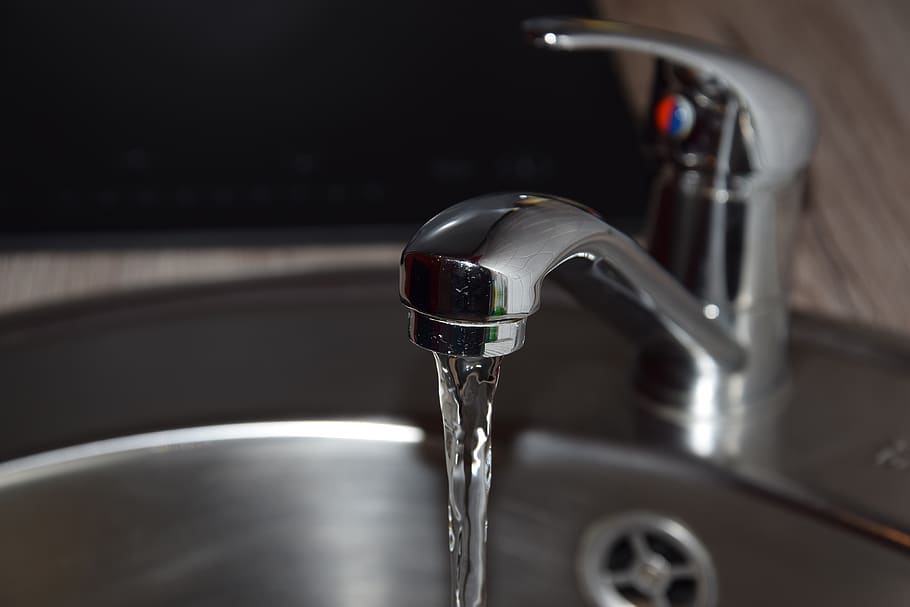 As the world becomes more fast-paced and technology-driven, the
no pressure
kitchen sink is likely to become an even more popular trend. Its practicality, efficiency, and sleek design make it a perfect addition to modern homes. So if you're considering a kitchen renovation, why not jump on board with this new trend and enjoy a stress-free, elegant kitchen with a
no pressure
sink?
As the world becomes more fast-paced and technology-driven, the
no pressure
kitchen sink is likely to become an even more popular trend. Its practicality, efficiency, and sleek design make it a perfect addition to modern homes. So if you're considering a kitchen renovation, why not jump on board with this new trend and enjoy a stress-free, elegant kitchen with a
no pressure
sink?





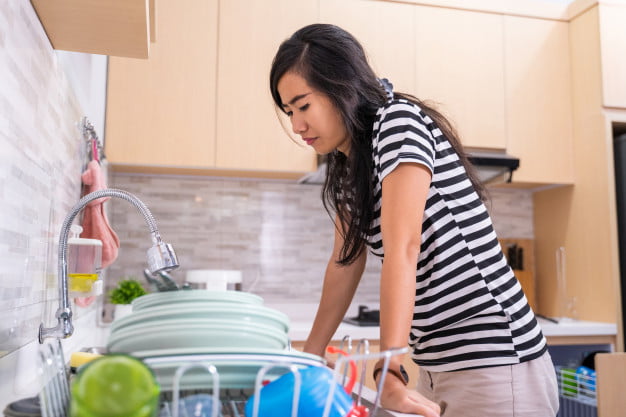
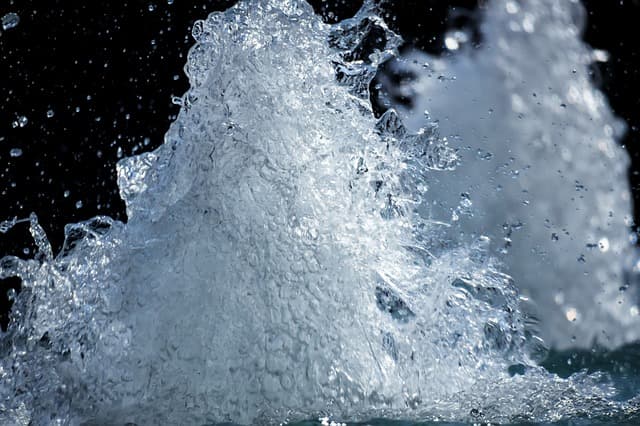
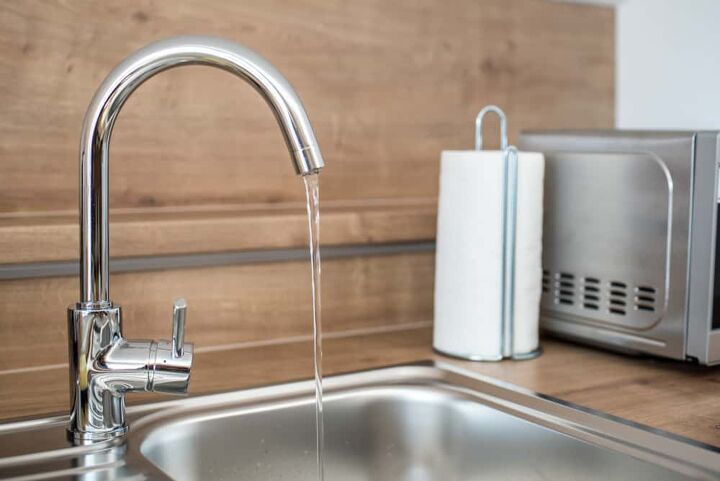

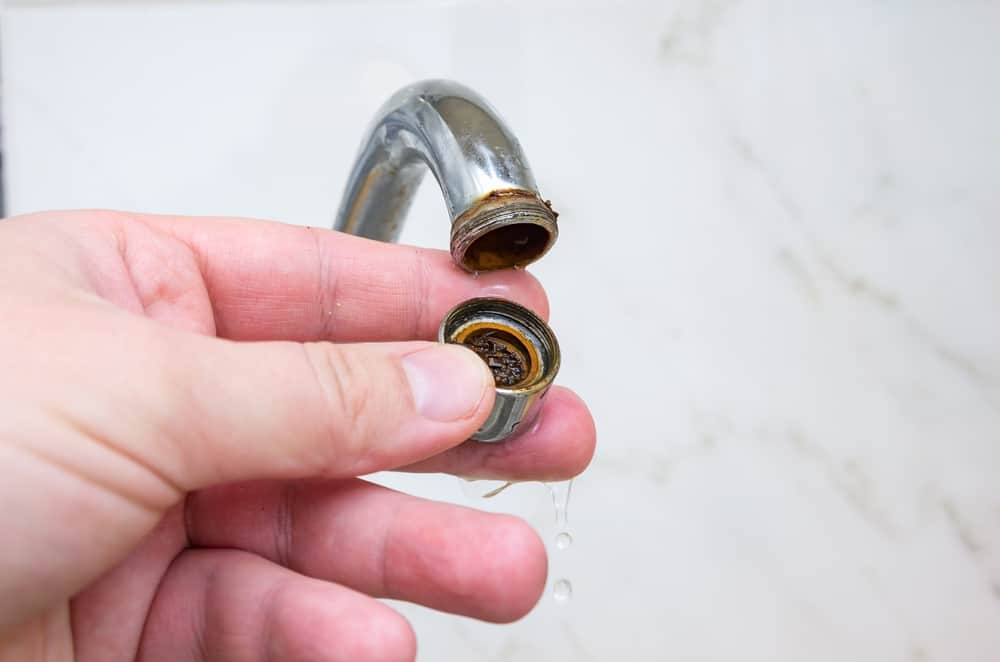

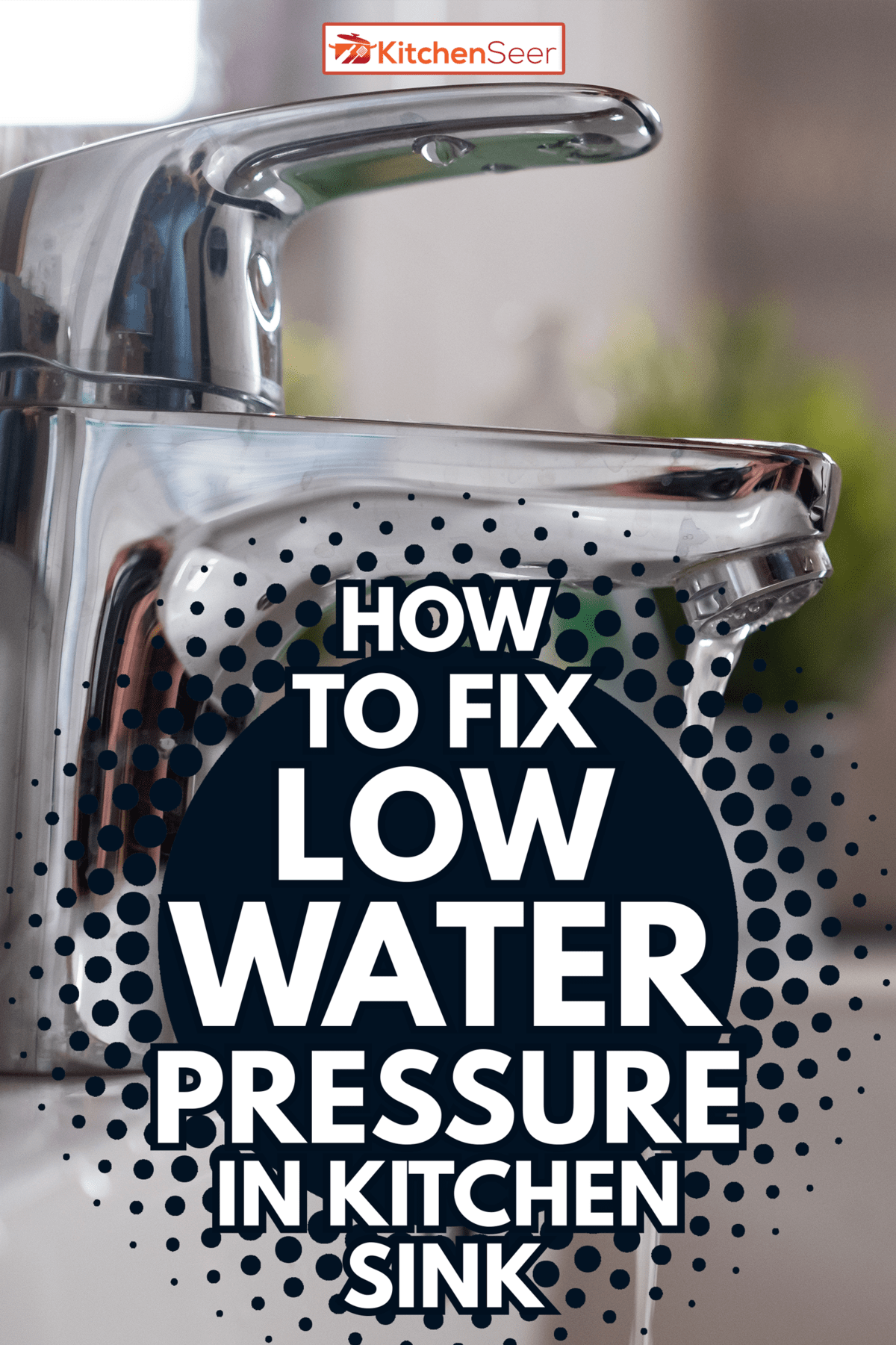




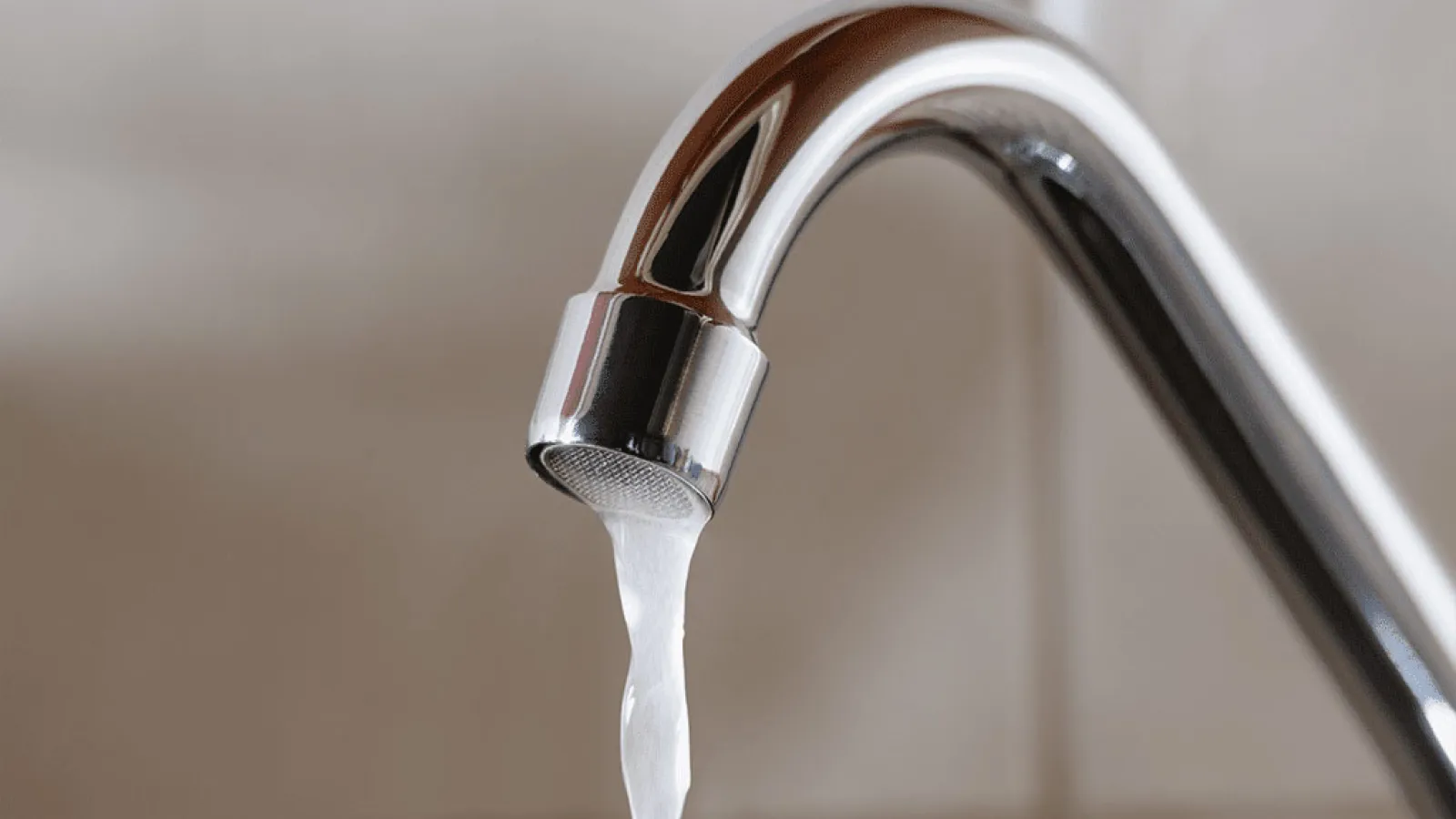







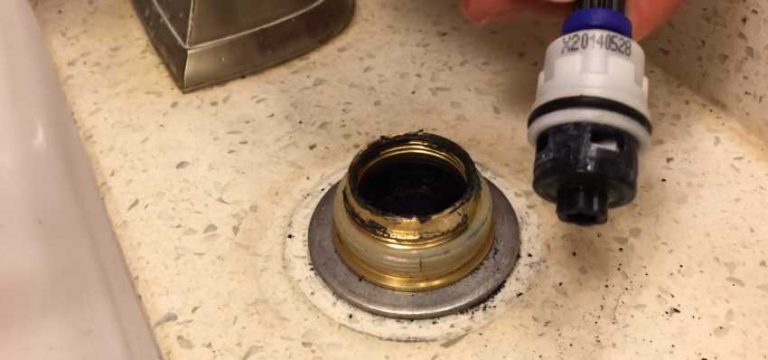



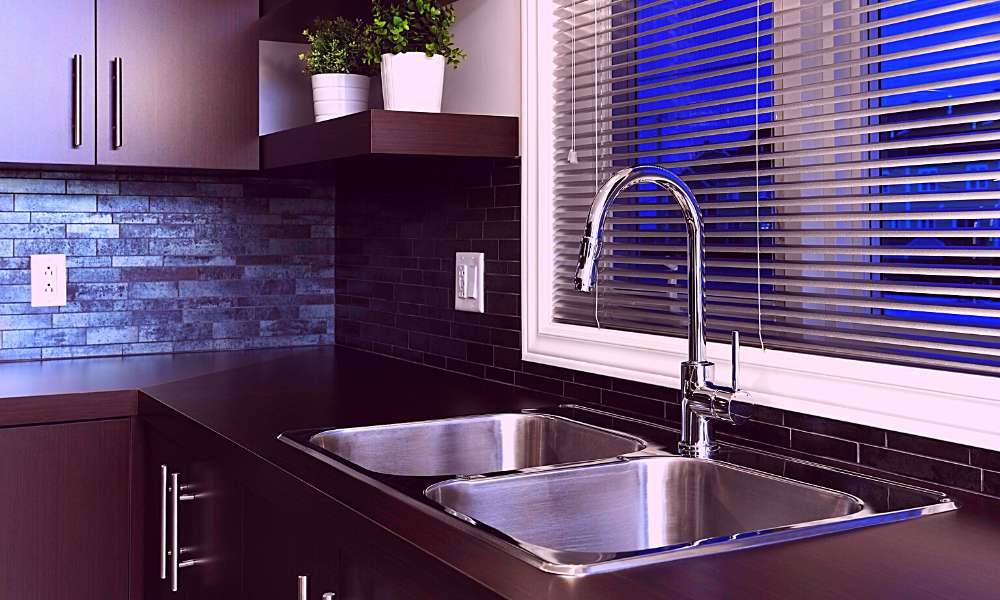
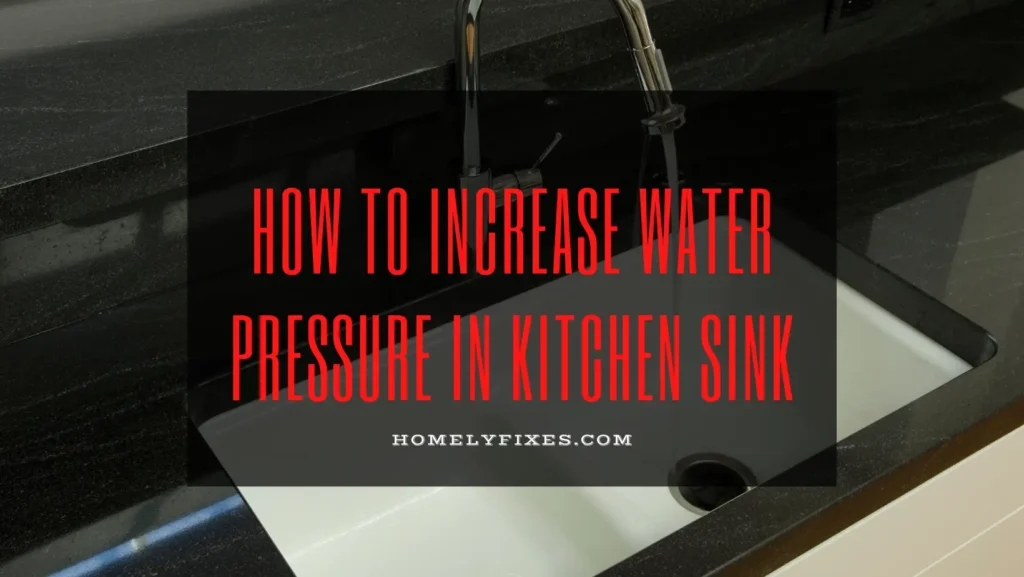





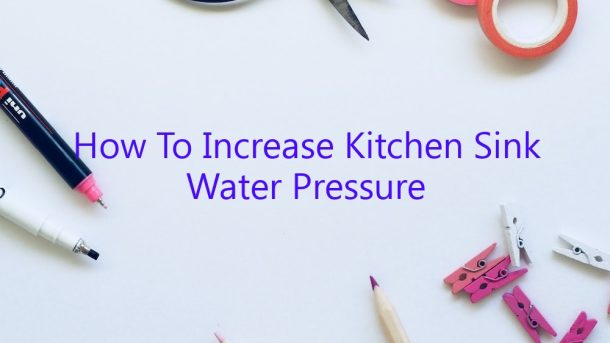





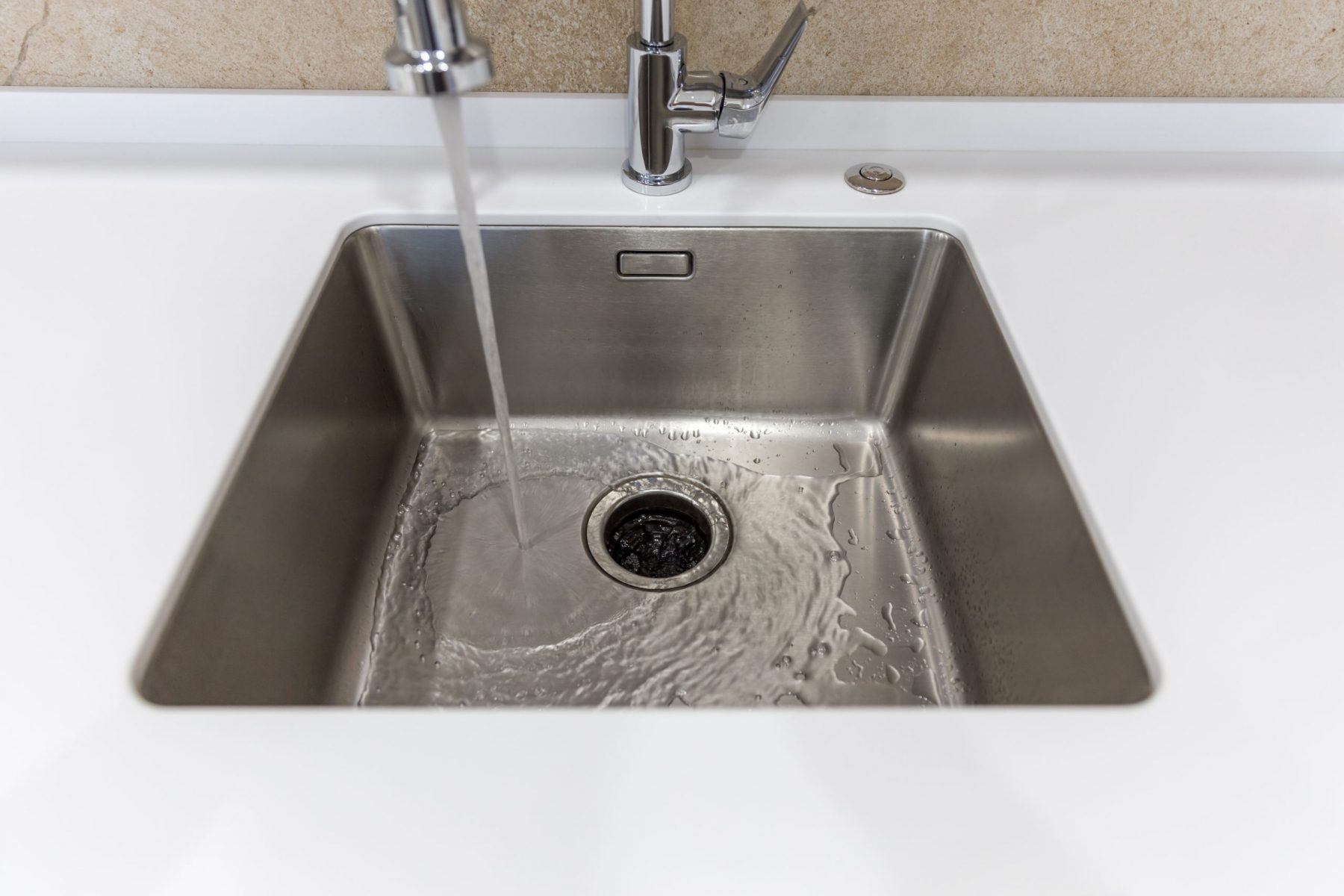
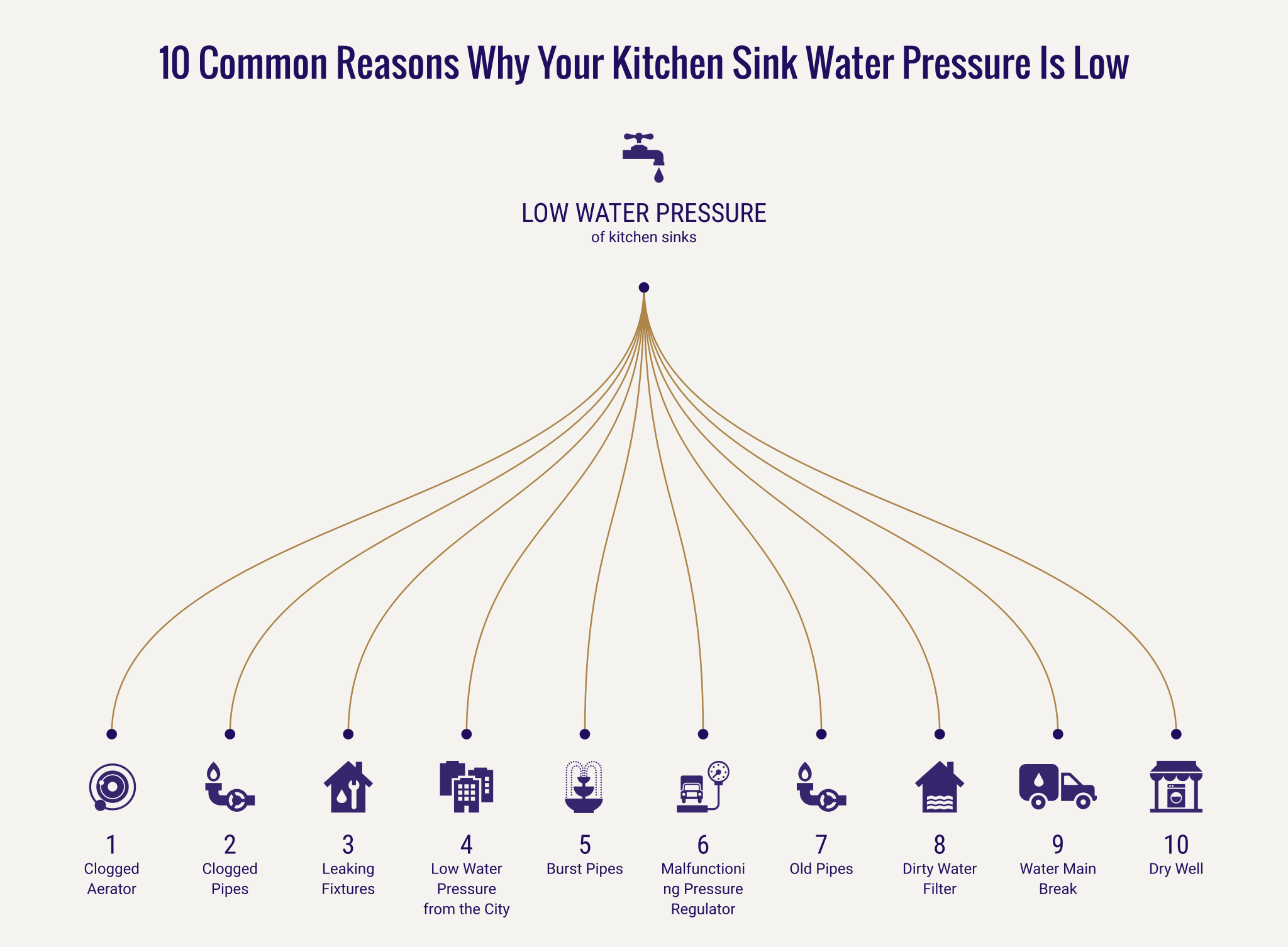
_.jpg)

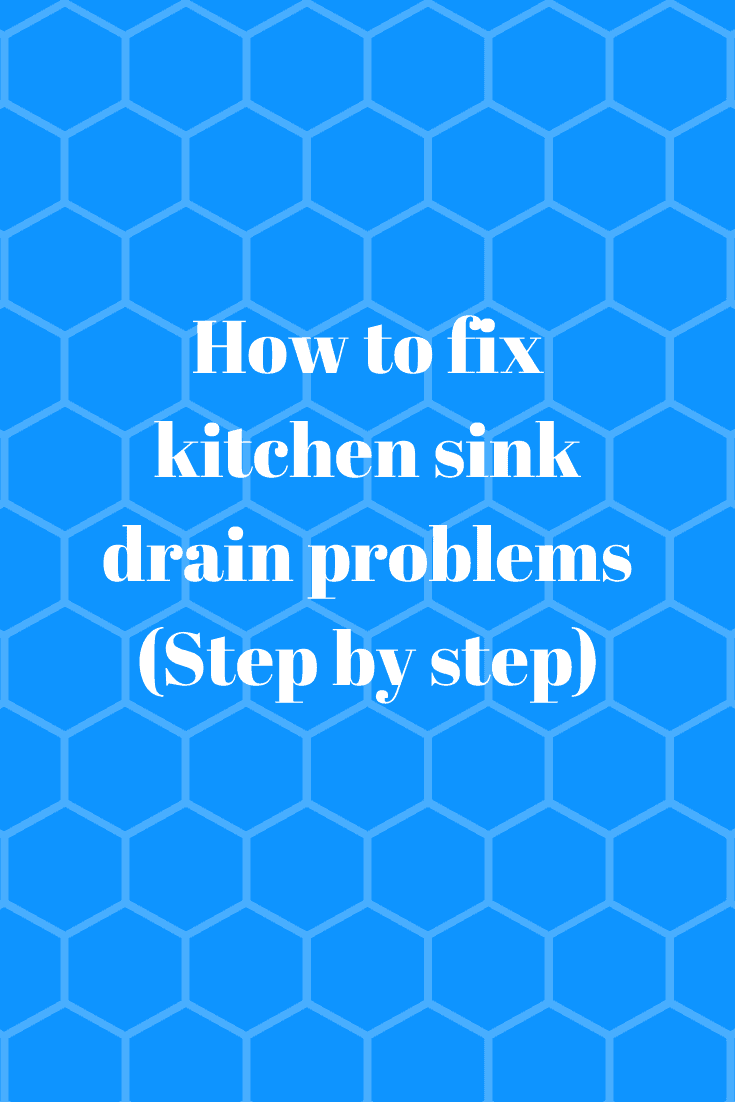





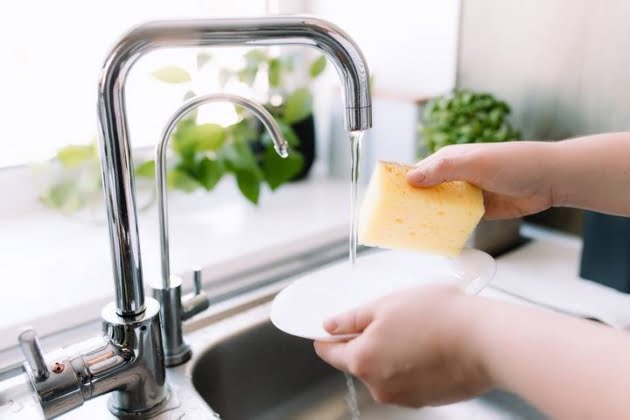

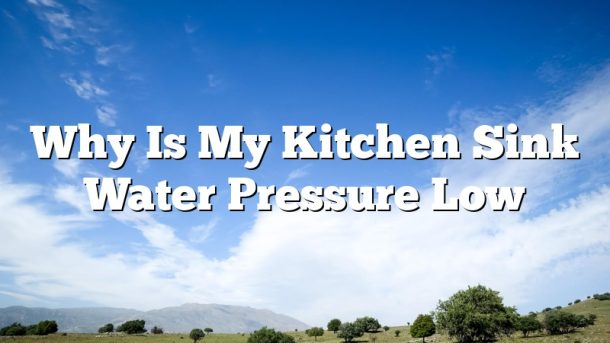


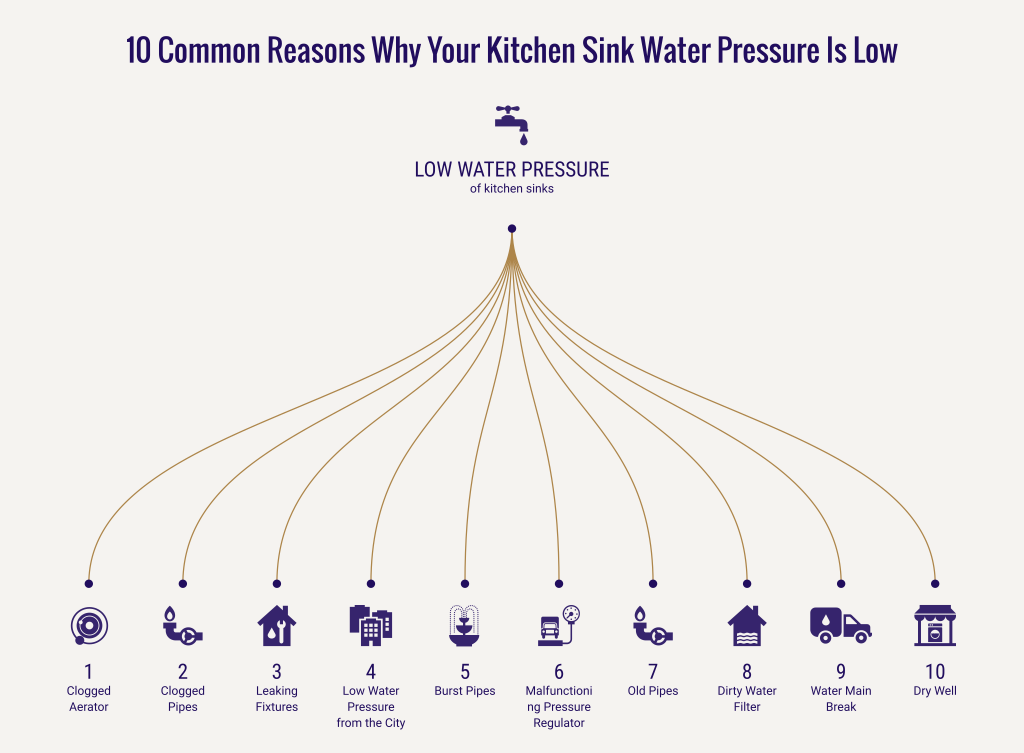
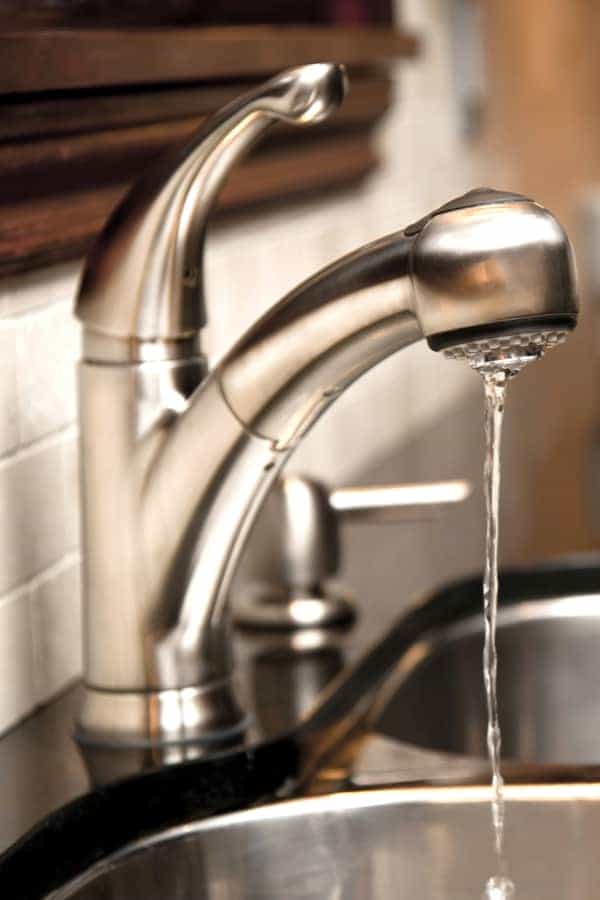



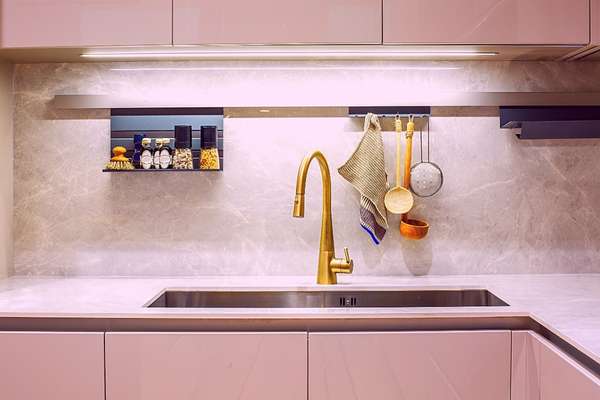
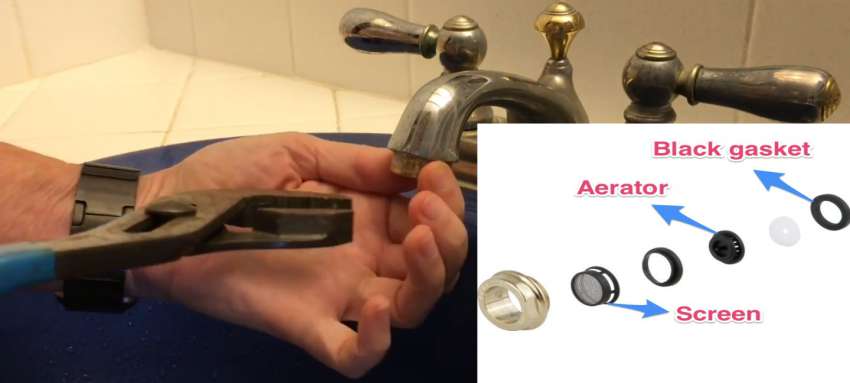
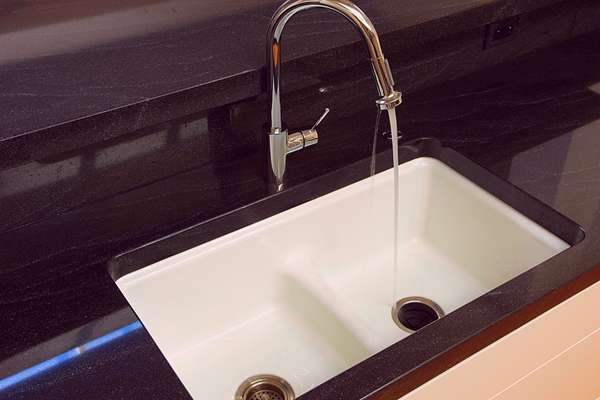


:max_bytes(150000):strip_icc()/_hero_4109254-feathertop-5c7d415346e0fb0001a5f085.jpg)

